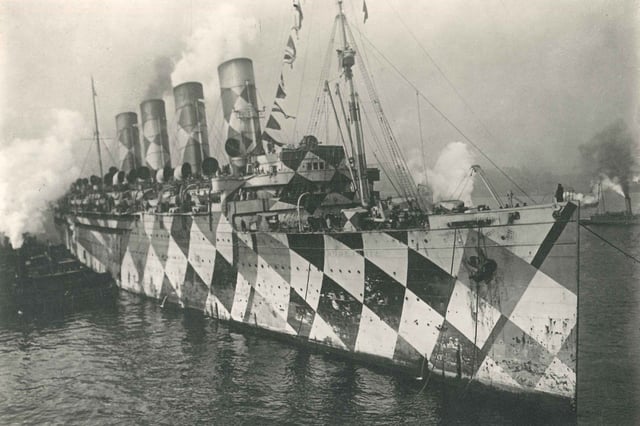Overview
- Aston University researchers revisited a 1919 study on dazzle camouflage, finding significant methodological flaws in its conclusions.
- The study identified the 'horizon effect,' an unrelated optical illusion, as the main factor in confusing observers about ship direction.
- Recreated experiments showed that both dazzled and non-dazzled ships exhibited similar visual distortions due to the horizon effect.
- Introduced in 1917 by artist Norman Wilkinson, dazzle camouflage was widely adopted based on assumptions rather than rigorous evidence.
- The findings underscore the importance of modern scientific standards in reexamining historical claims about military strategies.
